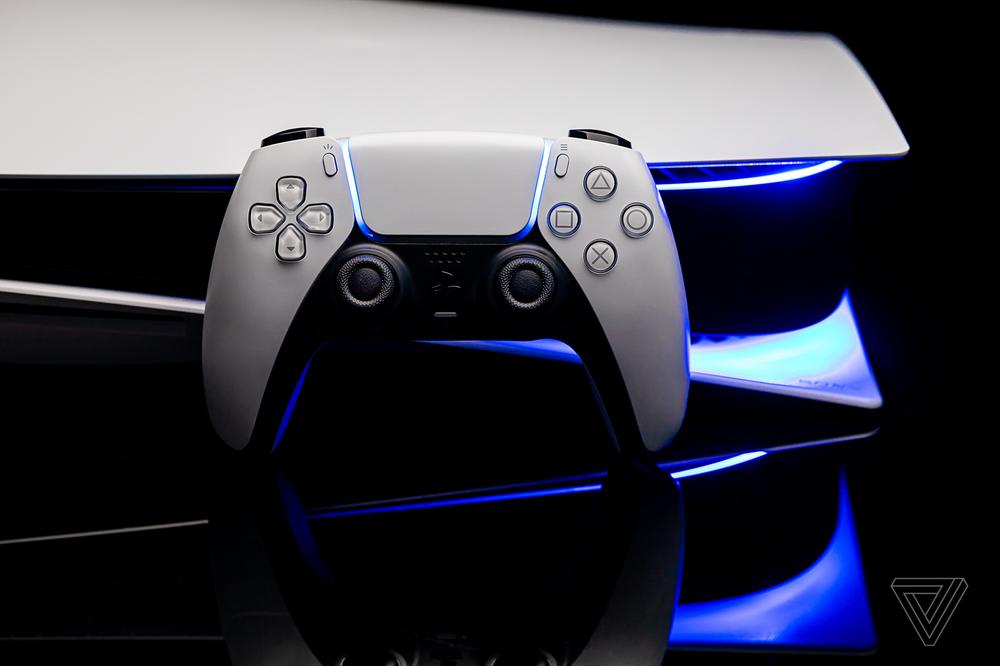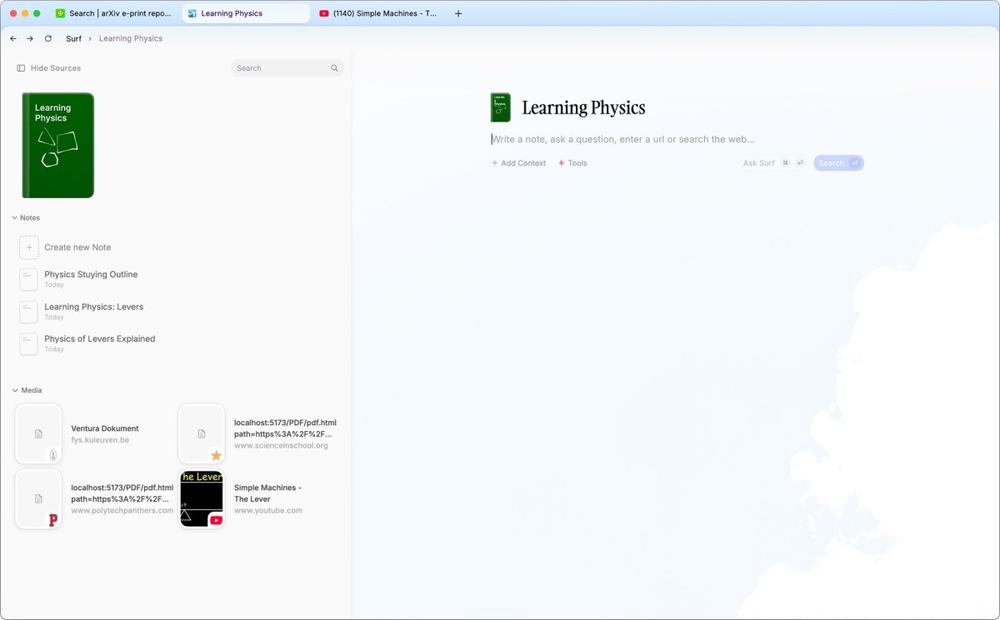Recently, I dug out my old Nintendo 3DS because I was craving simpler times. Really, I just wanted to play some games; to chip away at the mystery of Majora’s Mask, or solve a few puzzles in BoxBoy, without the headaches of system updates or subscriptions or any of that stuff. It’s been refreshing. And my choice has felt especially prescient of late, given just how much more complicated and expensive modern game consoles have become. It’s not a new problem, but it keeps getting worse.
The most recent example comes from Microsoft. Today, the company announced changes to its Game Pass subscription service, which, yes, also include a price hike. Game Pass Ultimate is now $29.99 per month, a hefty $10 jump, and more games and features are being added to justify the higher price. There have also been some name changes. What used to be known as the “core” tier is now called “essential,” while “standard” is now “premium.” There are a bunch of charts to help you understand the differences between the tiers. Trying to figure out what to choose is like living in a Portlandia sketch.
Of course, subscription prices rise all the time, but the timing of this latest hike from Microsoft feels particularly egregious. It comes just a few weeks removed from Xbox hardware also getting more expensive, to the point that an Xbox Series X now costs $150 more than it did at launch five years ago. We’re living in a tariff-influenced bizarro world, where game consoles actually get more expensive over time, rather than cheaper the older they get. And it’s not just Microsoft. Sony has been bumping up prices, as well, and just released a new version of its digital-only PS5 in Europe — but instead of adding features or capabilities, it has less storage for the same price.
Even Nintendo is not immune. While, unlike its predecessor, the Switch 2 hasn’t seen a price hike (yet), its launch was filled with confusion around the upgrade costs of “Switch 2 editions,” how virtual game cards work, and those weird “game-key” cartridges that don’t actually have games on them. And I still don’t understand why games from the GameCube, a console that launched in 2001, are only playable for Nintendo Switch Online subscribers with a Switch 2. I’m pretty sure my OLED Switch can handle F-Zero GX.
When you add all of these elements together, it can feel like chaos. Just choosing a console is hard enough, and now you have to factor in the timing of it. When is the safest, cheapest time to buy an Xbox or PlayStation? There’s no longer a clear answer, but it’s probably right now before the hikes get worse. Once you have the box, then you have to figure out which versions of games to play and decide if you want to invest in a subscription to get the most out of your hardware. That, of course, means picking the tier that suits you best. Most of these issues have been brewing for some time, but it feels like we’re now at an inflection point where everything seems particularly frustrating.
There are some good things about this generation, of course, like the slow erosion of console exclusives. But I mostly just find myself annoyed, pining for the days when buying a console and playing a game didn’t require so much forethought. Do I want to go back to the days of the Nintendo 64? Not especially (well, maybe a little). But it is nice to know that when I want to go back, that old hardware will still do exactly what it was designed for.
And, really, that is what used to be the main sales pitch for a game console: it just works. You buy a device, you don’t have to fuss with it, and it’s clear what games work on it. That’s no longer the case. As technology has improved to the point of giving us wonderful experiences like Ghost of Yōtei and Donkey Kong Bananza, it’s also been a monkey paw situation. Rising prices, confusing upgrades, constant subscription pushes — together, these form the headache that’s at the center of modern gaming. It’s enough that playing a 15-year-old handheld feels like an escape.

 Deta’s Surf app is an amalgamation of an AI browser and NotebookLM
Deta’s Surf app is an amalgamation of an AI browser and NotebookLM